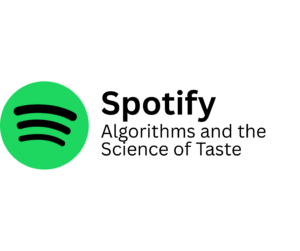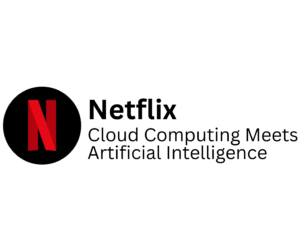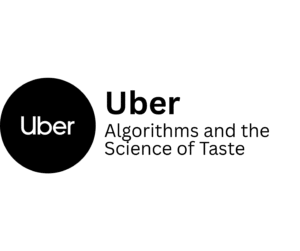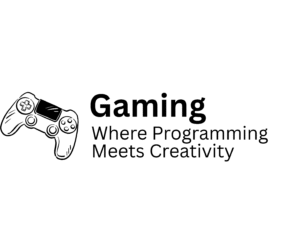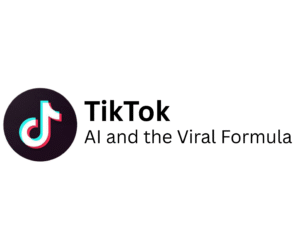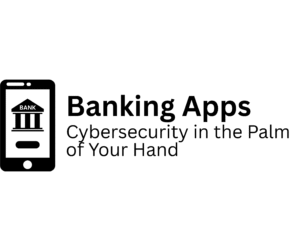The Secret Sauce Behind Your Favourite Apps (and How IT Courses Teach You to Cook It)

Think about your day. You start with a Spotify playlist, scroll through TikTok, catch a ride with Uber, maybe stream something on Netflix in the evening. These apps feel like nature, but behind every seamless tap, swipe, and notification lies a world of technical genius.
The truth is: none of these digital experiences happen by accident. They are carefully built, tested, and improved by professionals with one thing in common: a foundation laid by leading IT courses. At Belgium Campus iTversity, students don’t just learn about computers; they learn the ingredients that make modern life tick. Here’s the “recipe book” behind your favourite apps and how IT courses can teach you to create own.
How IT Courses Power the Digital Tools You Use Every Day
Why does Spotify seem to know you better than your closest friends? The secret lies in algorithms powered by data science and machine learning, both of which are core elements of modern IT courses. When Spotify generates your “Discover Weekly” playlist, it isn’t just guessing; it’s analysing your listening habits, cross-referencing them with millions of other users, and using that data to predict what you’ll love next.
In top IT courses, students learn how to design these recommendation systems, developing the ability to recognise patterns in massive datasets. It’s not only about the math or the code, but also about understanding human behaviour and translating it into a personalised digital experience. Belgium Campus iTversity takes this one step further by incorporating user experience design into its IT curriculum, ensuring that graduates know how to create systems that don’t just work but delight.
With the right courses, you’re not just consuming playlists, you’re learning how to create the technology behind the it all.
When you hit play on Netflix, it’s easy to forget that millions of other people around the world are doing the same thing at the exact same time. What keeps the platform from crashing is cloud computing, one of the most important technologies covered in IT courses today. Cloud systems allow Netflix to expand or shrink its capacity depending on how many users are watching – a process called scalability that students explore in depth during their studies.
But the magic doesn’t stop with streaming. Netflix also uses artificial intelligence to keep you hooked. The familiar “Because you watched…” suggestions aren’t a coincidence; they’re the result of algorithms analysing your viewing history and comparing it to thousands of others, much like Spotify does. In IT courses, students learn the foundations of these machine learning models, preparing them to design systems that can predict and influence user behaviour on a global scale.
Combined with courses on data storage, delivery networks, and infrastructure optimisation, it becomes clear that Netflix’s strategies are a masterclass in applied IT.
Requesting a ride on Uber feels deceptively simple: tap a button, and a car appears. But behind that simple action is an extraordinary feat of networking and real-time communication, concepts central to IT courses at Belgium Campus iTversity. Each time you open the app, GPS satellites, maps, payment systems, and driver networks all sync in real time to make sure your ride arrives seamlessly.
Top technology-focused courses teach students this intricate art of making hardware and software work together, whether by integrating GPS data into mobile apps or building platforms capable of handling millions of simultaneous interactions. Students also learn about system scalability, ensuring that apps like Uber remain functional and efficient even as they expand to new regions and millions of users.
Networking, in this sense, is not just about cables or Wi-Fi connections; it is about creating the invisible framework that makes global apps possible.
Gaming is one of the most dynamic and aspirational industries for young IT professionals, blending technical expertise with creative imagination. Behind every blockbuster game lies an engine like Unity or Unreal, built on the very programming languages that all decent IT courses teach, such as C++, Python, and Java. These aren’t just codes on a screen; they are the building blocks of worlds where players can explore, compete, and escape.
But programming is only the beginning. IT courses also dive into the complex algorithms that govern everything from realistic physics to immersive graphics. The way a shadow falls across a character’s face or how an object reacts when dropped in virtual space is the result of applied mathematics and logic that students master during their studies.
And because gaming is as much about experience as mechanics, IT training also emphasises user engagement and design thinking, ensuring graduates can build games that keep players invested.
TikTok has redefined entertainment, turning everyday users into global influencers overnight. At the heart of its success is a powerful application of artificial intelligence and big data analysis, which are explored in depth through IT courses.
Every time you like, share, or watch a video, TikTok’s algorithms learn something about you. That knowledge fuels the “For You” feed, a constantly adapting stream of content designed to keep you scrolling for hours.
For IT students, TikTok is a real-world example of how algorithms evolve with user behaviour. Courses in data management and machine learning provide the skills to design systems that can process billions of data points while still delivering personalised experiences.
And because TikTok operates on a global scale, students also learn about content delivery networks and cloud infrastructure; the very technologies that ensure millions of videos are accessible anywhere, at any time.
When you transfer money or check your account balance, you rarely think about what’s happening behind the scenes, and that’s exactly the point. The reason you feel safe is cybersecurity, one of the most vital disciplines taught in IT courses. From advanced encryption techniques to biometric authentication, students in this field should gain hands-on experience with the tools that keep digital transactions secure.
But cybersecurity isn’t just about building defences; it’s about anticipating threats. IT courses prepare students to assess risks, identify vulnerabilities, and respond to attacks in real time – skills that are essential as financial systems face increasingly sophisticated digital dangers. In an era where trust is currency, cybersecurity experts are the guardians of the digital economy.
Why IT Courses Are the Tech-Chef’s Toolkit for the Digital Kitchen
The apps and platforms you use every day aren’t magic, they’re the techy meals cooked with the right ingredients: coding, networking, AI, cybersecurity, design, and creativity.
IT courses provide students with more than technical know-how. They equip them with the mindset, versatility, and confidence to cook up the next big digital breakthrough.
Whether your dream is to design smarter apps, protect data, or even change lives through technology, the recipe starts with the same first step: enrolling in one of Belgium Campus iTversity’s cutting-edge courses.
- Joshua Basson

